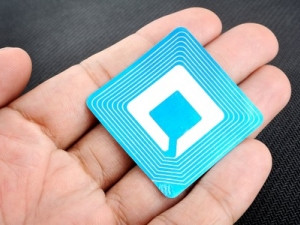
While retailers are shifting towards more online centric-choices, customers still see value in being able to interact with products first-hand - an experience only available to them in a brick-and-mortar store. Which is why RFID plays an important role in helping retailers close the all-too-common gaps in service, information delivery and inventory management.
Making use of a simple RFID solution, a retailer can greet customers by name, impress them with a wider selection of merchandise, and better serve them with faster assistance, deeper product information and more personalised promotions, says Kevin Norton, director of Mobility Solutions at Westcon-Comstor Southern Africa.
"In the past RFID tags were a great way to monitor stock by attaching them to pallets in a warehouse. Today however, retailers are seeing value in tagging individual pieces of merchandise," he says.
"According to our vendor partner Zebra, by attaching RFID item-level tags, retailers are increasing inventory accuracy to 99.9% and dropping out of stocks by up to 80%," adds Norton.
Complete visibility
Item-level RFID tagging results in complete visibility into inventory at any given point. When using the data obtained from these tags, a retailer can start making decisions on which products to carry, and which to restock, and have an effective means to significantly increase inventory visibility, lower labour costs, decrease operational expenses and slash the high price of shrinkage.
As shoppers browse the aisles, RFID-enabled kiosks and fixtures can identify the items and instantly display product information. They can work in sync with mobile devices to request assistance from the appropriate sales associate and extend the aisle with additional online offerings.
"We have seen case studies from Zebra, where with RFID-enabled kiosks and fixtures in a store, customers can enjoy speedier checkouts and greater convenience. Furthermore, the customer of today wants options, and this may mean they want the option of purchasing in store or online, and either picking up orders in store or having them shipped to them," adds Norton.
XHead = It's about fulfilment
Enabled by RFID, fulfilment can become a strong differentiator for retailers. "By leveraging the inventory visibility that RFID offers, retailers can confidently fulfil orders from local stores - circumventing the potential shipping costs of cross-country distribution and accelerating shipments," says Norton.
The ultimate result of RFID-enabled retail environments is a "personal shopping" experience, 100% shaped by the customer's preferences, patterns and needs - the information retailers can aggregate utilising RFID and sophisticated intelligence systems.
Share